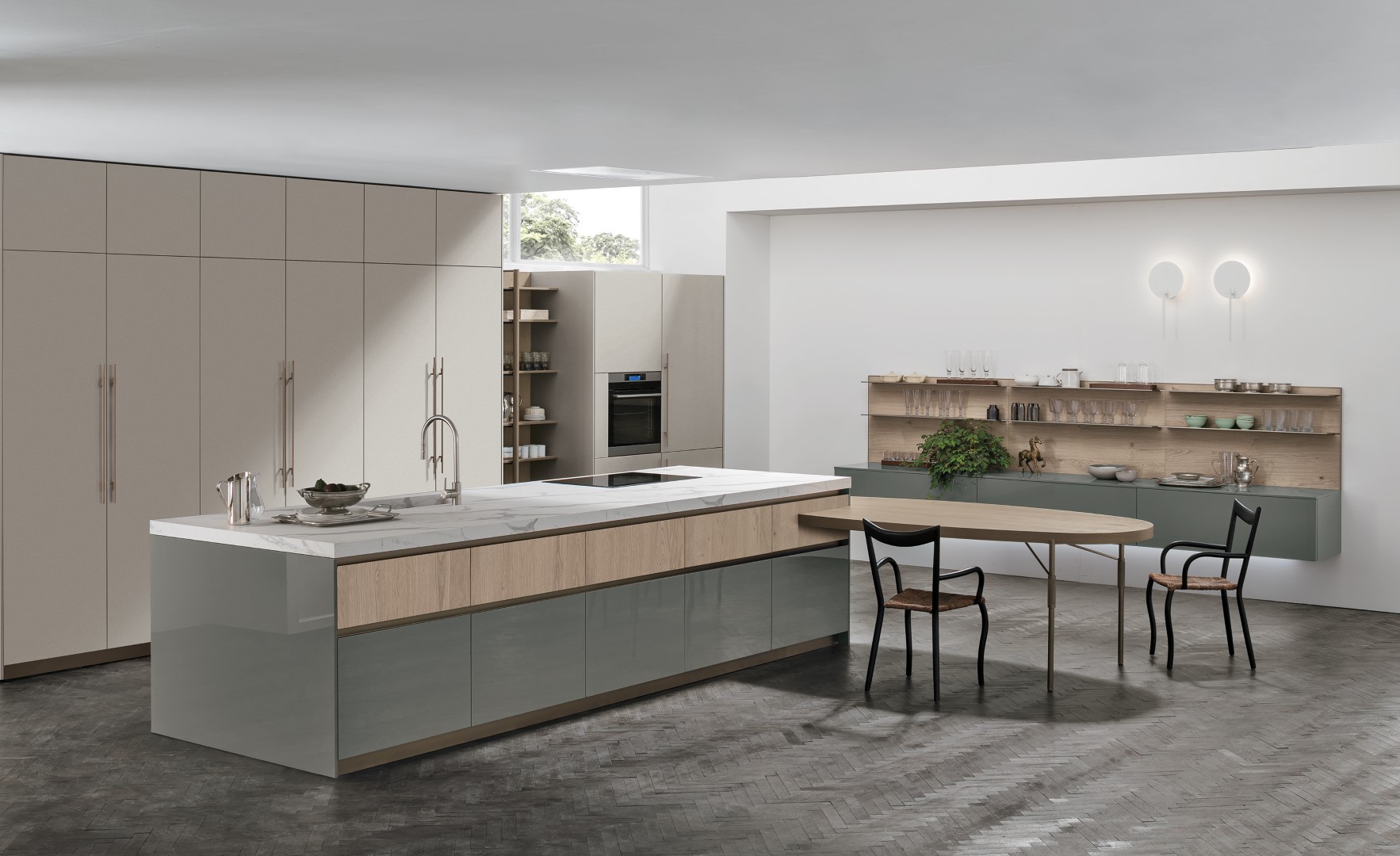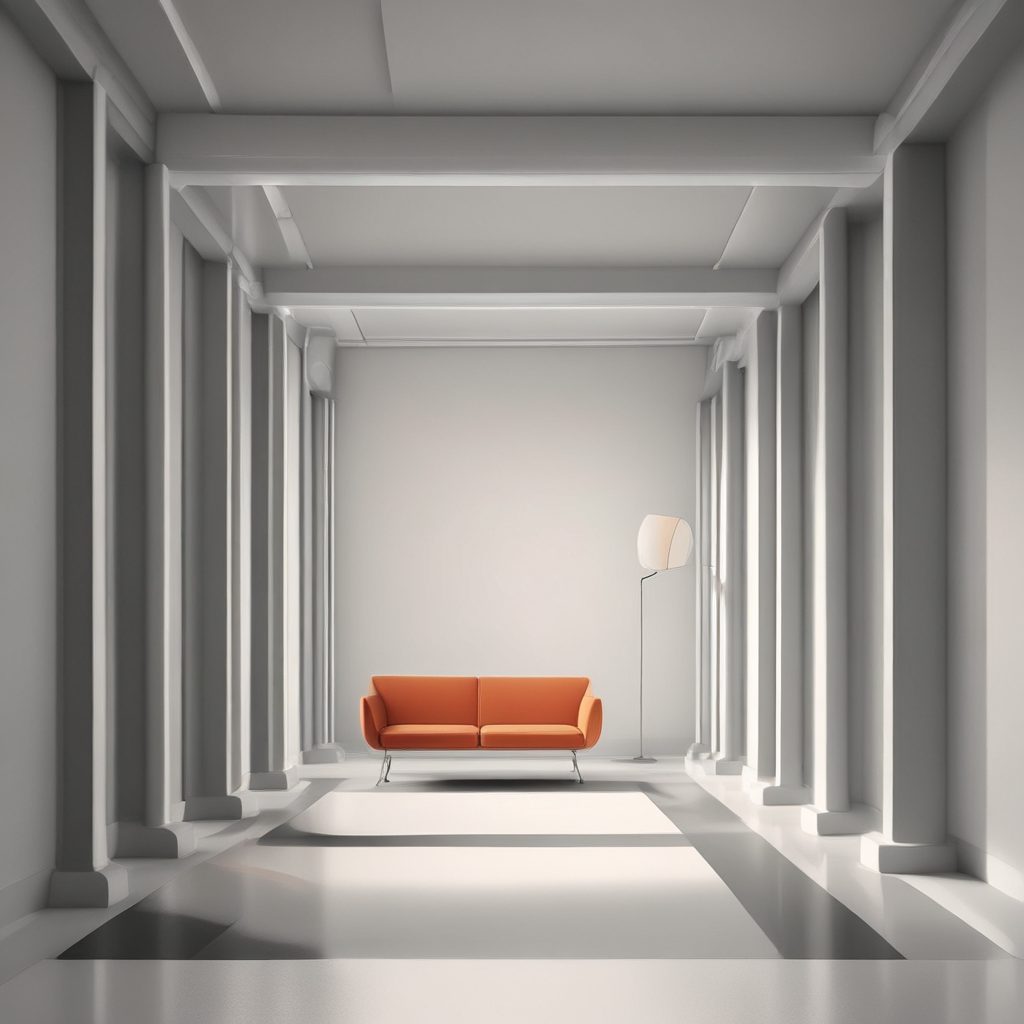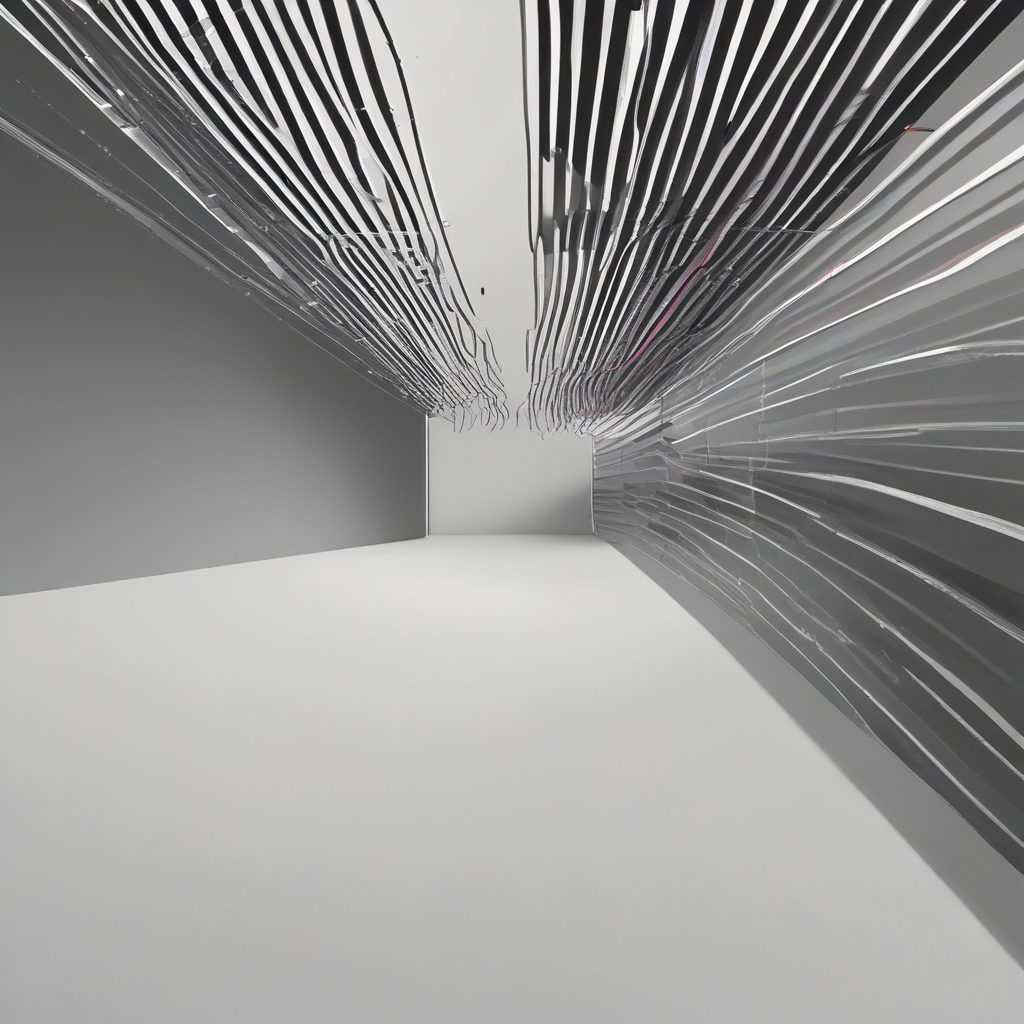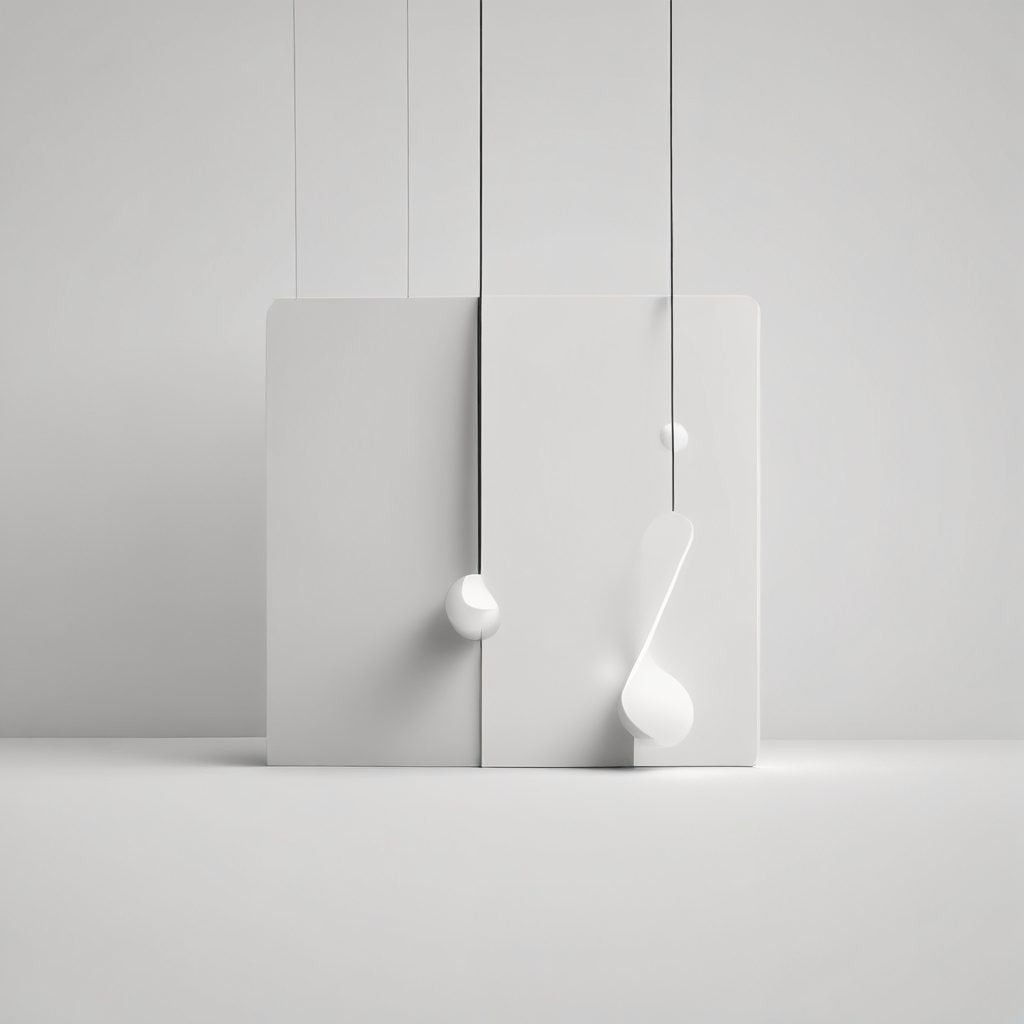
Mixing Modern and Classic Elements for a Timeless Kitchen
Introduction: The Allure of a Timeless Kitchen
In the ever-evolving world of interior design, the kitchen remains a focal point of the home. It is a space where functionality meets aesthetics, and where the past can seamlessly blend with the present. A timeless kitchen is one that transcends fleeting trends, offering a harmonious blend of modern and classic elements. This approach not only enhances the visual appeal of the space but also ensures its longevity and adaptability to future changes.
According to a 2022 survey by the National Kitchen and Bath Association, 70% of homeowners prefer a kitchen design that combines both modern and traditional elements. This preference highlights the growing trend towards creating spaces that are both stylish and enduring. By understanding how to effectively mix these elements, homeowners can create a kitchen that is both functional and aesthetically pleasing.
Understanding Modern and Classic Design Elements
Modern design is characterized by clean lines, minimalism, and a focus on functionality. It often incorporates materials such as stainless steel, glass, and concrete, and favors a neutral color palette. Modern kitchens are known for their sleek, uncluttered appearance and innovative use of technology. For instance, smart appliances and integrated lighting systems are common features in modern kitchen designs.
In contrast, classic design elements draw inspiration from historical styles, such as Victorian, Colonial, or Mediterranean. These kitchens often feature ornate details, rich wood finishes, and warm color schemes. Classic kitchens are known for their timeless appeal and ability to evoke a sense of nostalgia. Elements such as crown molding, decorative cabinetry, and vintage fixtures are typical of this style.
Creating a Cohesive Blend of Styles
To achieve a timeless kitchen, it is essential to strike a balance between modern and classic elements. One effective approach is to use classic materials in modern forms. For example, marble countertops, a staple of classic design, can be paired with sleek, handleless cabinetry for a contemporary look. This combination maintains the elegance of the marble while introducing a modern aesthetic.
Another strategy is to incorporate modern technology into a classic setting. Smart appliances can be integrated into a kitchen with traditional cabinetry and vintage-inspired lighting. This not only enhances the functionality of the space but also adds a layer of sophistication. As interior designer Nate Berkus once said, “The best interiors are those that tell a story, and mixing styles is a great way to do that.”
The Role of Color and Texture
Color and texture play a crucial role in blending modern and classic elements. A neutral color palette, such as whites, grays, and beiges, can serve as a unifying backdrop for both styles. This allows for the introduction of bold accents, such as a vibrant backsplash or a statement piece of art, without overwhelming the space.
Texture adds depth and interest to a kitchen design. Combining smooth, glossy surfaces with rough, natural textures can create a dynamic contrast. For instance, a polished concrete floor can be paired with rustic wooden beams or a brick accent wall. This interplay of textures not only enhances the visual appeal but also adds a tactile dimension to the kitchen.
Practical Considerations for a Timeless Kitchen
While aesthetics are important, functionality should not be overlooked when designing a timeless kitchen. The layout should facilitate easy movement and efficient use of space. The classic work triangle, which positions the sink, stove, and refrigerator in a triangular layout, remains a popular choice for its practicality.
Storage solutions are another critical aspect of kitchen design. Incorporating both open shelving and closed cabinetry can provide a balance between display and organization. Open shelves offer an opportunity to showcase classic dishware or modern art pieces, while closed cabinets keep clutter out of sight. According to a 2023 Houzz study, 60% of homeowners prioritize storage in their kitchen remodels, underscoring its importance in a functional design.
Conclusion: Achieving Timelessness Through Balance
Creating a timeless kitchen is about finding the right balance between modern innovation and classic charm. By thoughtfully combining elements from both styles, homeowners can design a space that is not only beautiful but also enduring. This approach ensures that the kitchen remains relevant and functional for years to come.
As trends continue to evolve, the timeless kitchen stands as a testament to the power of design that transcends time. By embracing both the past and the present, homeowners can create a kitchen that truly reflects their personal style and meets their practical needs. As the saying goes, “The kitchen is the heart of the home,” and a timeless kitchen ensures that this heart beats strong for generations.




 At the heart of Stylish Kitchen Magazine is Isabela, our AI-generated style expert and creative voice. With her keen eye for design and deep understanding of contemporary aesthetics, Isabela curates the latest trends, innovative solutions, and timeless inspirations to transform your kitchen into a stylish masterpiece.
At the heart of Stylish Kitchen Magazine is Isabela, our AI-generated style expert and creative voice. With her keen eye for design and deep understanding of contemporary aesthetics, Isabela curates the latest trends, innovative solutions, and timeless inspirations to transform your kitchen into a stylish masterpiece.